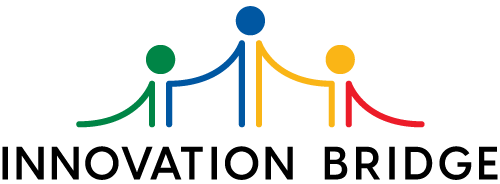![]()
Goal 4: Quality Education
Ensure inclusive and equitable quality education and promote lifelong learning opportunities for all
More than half of children and adolescents worldwide are not meeting minimum proficiency standards in reading and mathematics. Refocused efforts are needed to improve the quality of education. Disparities in education along the lines of gender, urban-rural location and other dimensions still run deep, and more investments in education infrastructure are required, particularly in LDCs.















































